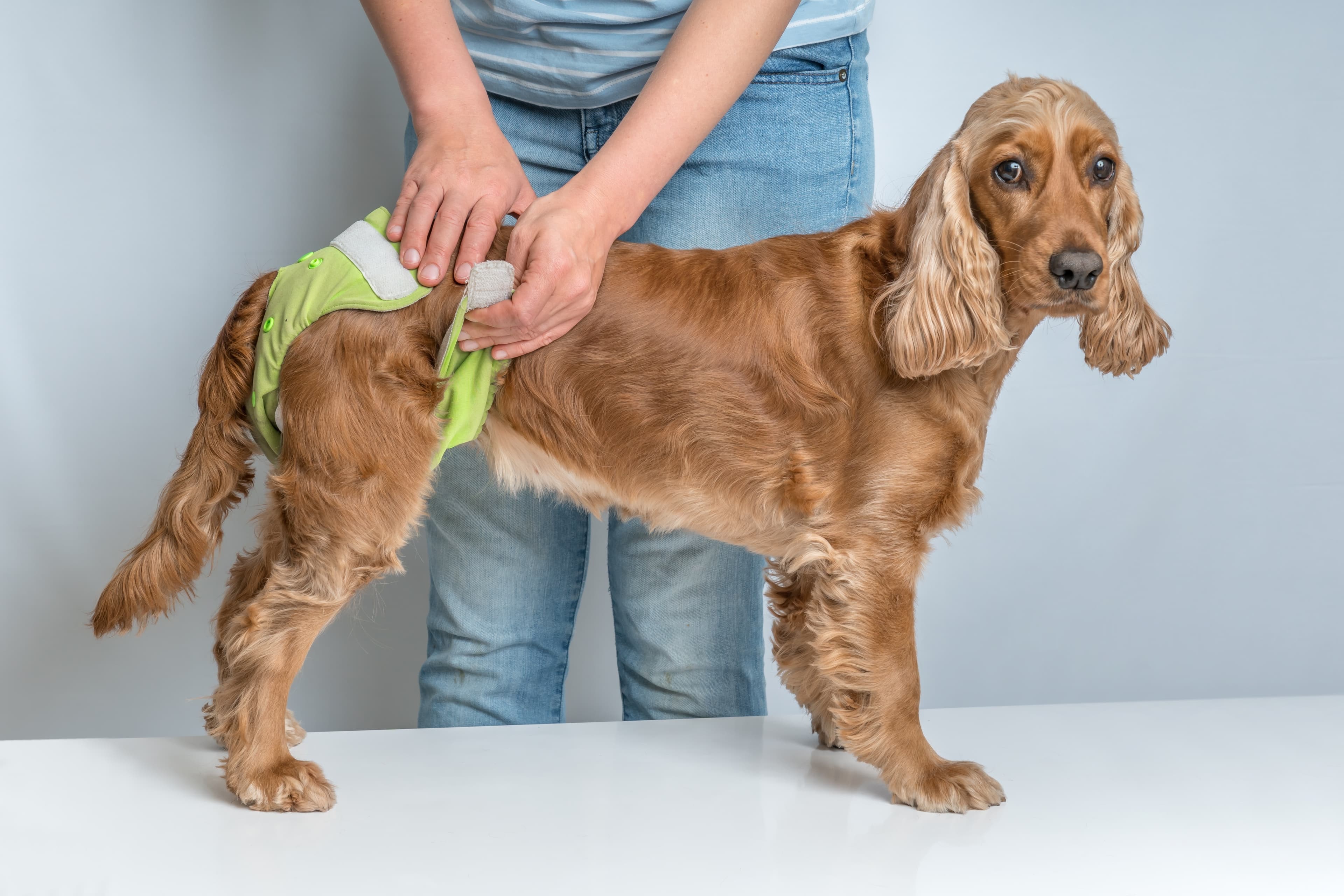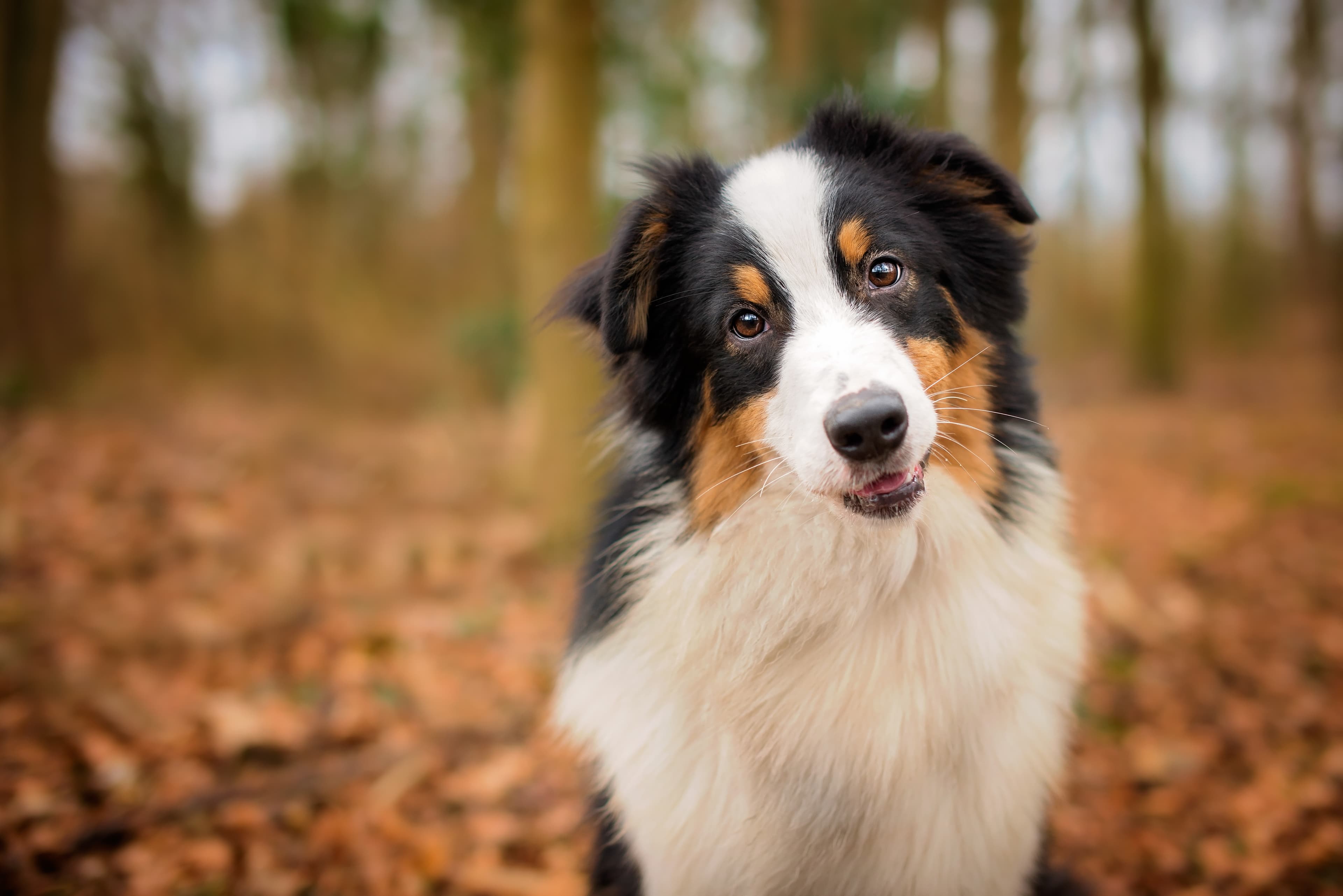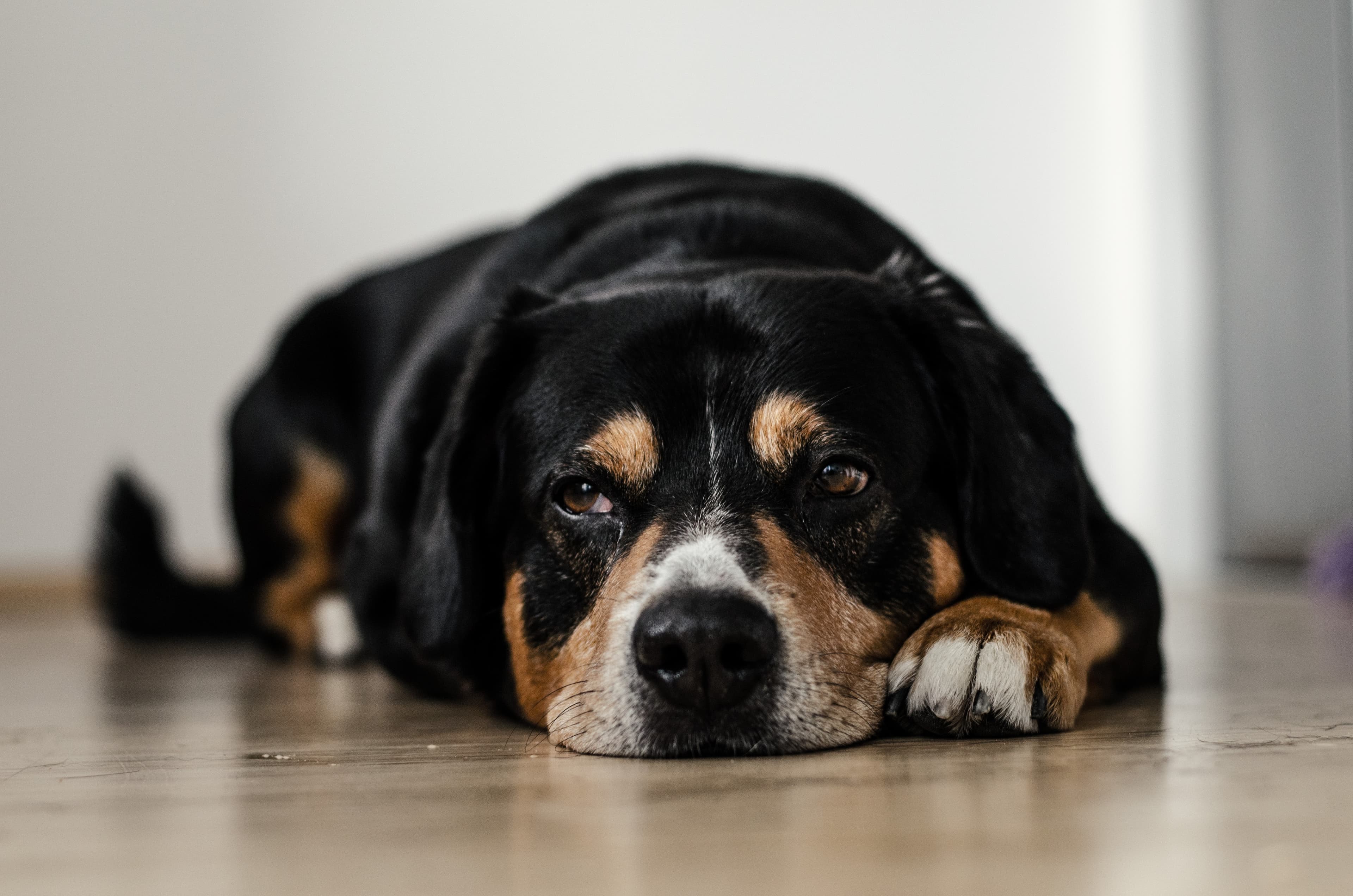How tooth fractures occur in your dog
Having a dog is something that many people find incredibly fun, entertaining and cosy at the same time. At the same time, being a dog owner means that you have to take on a lot of responsibility, not least when it comes to your dog's health and well-being.
After all, dogs are individuals in their own right and often have a lot of willpower of their own - as they can't talk to us, they often show what they want by just doing it. For this very reason, dogs are prone to accidents from time to time. Fractures of the teeth, for example, are not uncommon. Below we'll go through everything you need to know about tooth fractures in dogs!
Your dog's teeth
Let's start by explaining the structure of a dog's teeth. Dog teeth, like cat teeth, are made up of both enamel and dentin. In the middle of the tooth is what is called the pulp, which is also the part where all the nerves and where the blood supply takes place. This can be likened to the dog's claws, which also have like a 'shell' around the sensitive pulp.
If it turns out that part of the dog's tooth is broken off, it is called a tooth fracture. Depending on the severity of this fracture, the consequences can vary - the deeper into the tooth and into the pulp the tooth breaks, the worse it is.
Why do tooth fractures happen?
So what can cause these tooth fractures? Sure, dogs like to bite and chew on most things, but surely it must take quite a lot for the tooth to be outright broken or damaged?
In fact, dogs' teeth are actually quite sensitive. All it takes is one bite or chew on a hard object or object to cause a fracture. Dogs can also fracture their teeth if they chew on a very hard chewing bone, rocks or sticks.
Can I reduce the risk of tooth fracture?
One tip to reduce the risk of tooth fractures in dogs is to follow this basic rule, or "rule of thumb". If you, as a mom or dad, have the ability to make a mark with your thumbnail in whatever the dog is chewing on, it should be okay for the dog to bite. If you can't make a mark in the object with your nail, without having to grab it so that it hurts, it is too hard an object and could cause a tooth fracture.
Then, of course, it's not always possible to keep track of or feel the things your dog chooses to chew on. This is especially true if you are outdoors and the dog finds interesting things on the ground. But do the best you can to make sure the dog doesn't bite into anything too hard.
Symptoms of tooth fracture
But how do I know if my dog has a fracture or if it's just a small injury? In many cases, you can see if your dog's tooth has been damaged straight away, for example if he accidentally bites into something hard when you're around.
Another sign of a tooth fracture is if the dog seems to be having difficulty eating because of pain, which is not otherwise a problem. If the dog does not want to eat as usual, or has an abnormal chewing pattern and behaviour in relation to food intake and shows irritation from the oral cavity, the vet should be contacted for examination. However, bear in mind that fractures can present in different ways depending on the nature of the injury.
If you suspect that your dog has suffered a tooth fracture, a good first step is to compare the appearance of the tooth with the corresponding tooth on the other side. You can also contact digital vet, which you as a Lassie customer always have unlimited calls to.






